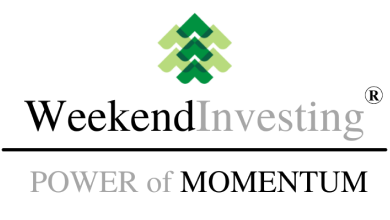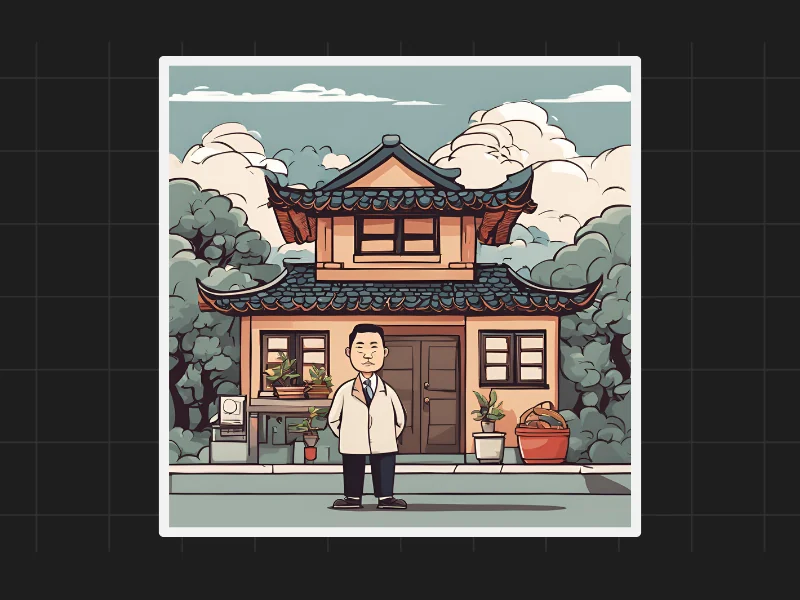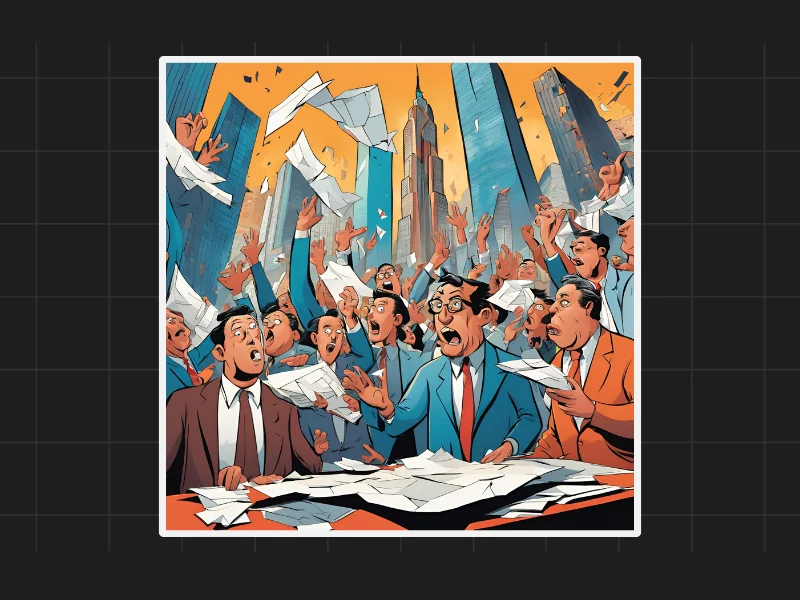Rising Interest Rates and Their Impact on Small Businesses
Over the last few years, the U.S. prime rate, adjusted for inflation, has experienced a sharp rise. Small businesses that once paid a funding rate of around 1% to 2% for nearly a decade are now facing rates close to 7%. This sudden increase in interest rates is causing major challenges for small businesses, making it hard for them to survive and thrive. When rates rise so quickly, the small and medium-sized businesses often bear the brunt of the impact.

Historical Examples of Rate Hikes
History has shown that sudden and continuous rate hikes can cripple businesses. A similar situation happened in India around 2012-2013, when the central bank raised interest rates multiple times. These consecutive rate hikes severely affected the MSME (Micro, Small, and Medium Enterprises) sector. The same principle applies globally. When interest rates rise too much too quickly, businesses struggle to manage their finances and often fall into debt traps.
The Dangers of Theoretical Approaches to Rate Hikes
One of the challenges with interest rate management is that it is often driven by academic theories. Many policymakers have never worked outside the government, so their approach is based on economic models rather than real-world experience. While raising interest rates can help control inflation, there is a limit to how much businesses can bear. When interest rates become too high, businesses can no longer afford to borrow money, which can lead to widespread financial problems.
The Impact on Housing and Other Sectors
We have seen the effects of rate hikes in the housing market before, especially during the housing crisis of 2004-2007. The housing market was heavily leveraged, and as interest rates rose, it collapsed. Although the situation today is not exactly the same, the rising cost of funds is still a concern. Small businesses and homebuyers are finding it hard to cope with the higher interest rates. In some cases, the cost of borrowing has tripled, making it nearly impossible for businesses to survive.
Comparing the U.S. and India
In comparison to the U.S., India’s interest rate swings have been much smaller and more stable. India’s interest rates typically range between 5.5% and 8%, while in the U.S., the rates have fluctuated wildly. This has made it difficult for businesses in the U.S. to plan for the future, especially with such significant changes in the cost of borrowing.
Challenges for Homebuyers and Small Businesses
For new homebuyers, the rising interest rates have drastically increased their mortgage payments. For example, if someone was planning to buy a home with a certain interest rate, they now face much higher monthly payments or extended loan terms due to the increased rates. Small businesses are also struggling, with many likely facing financial trouble if the situation continues. The rapid changes in interest rates have created a volatile environment for everyone involved.
Disclaimers and disclosures : https://tinyurl.com/2763eyaz
If you have any questions, please write to support@weekendinvesting.com













